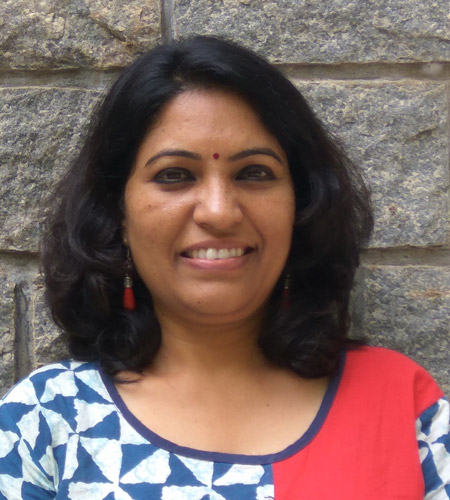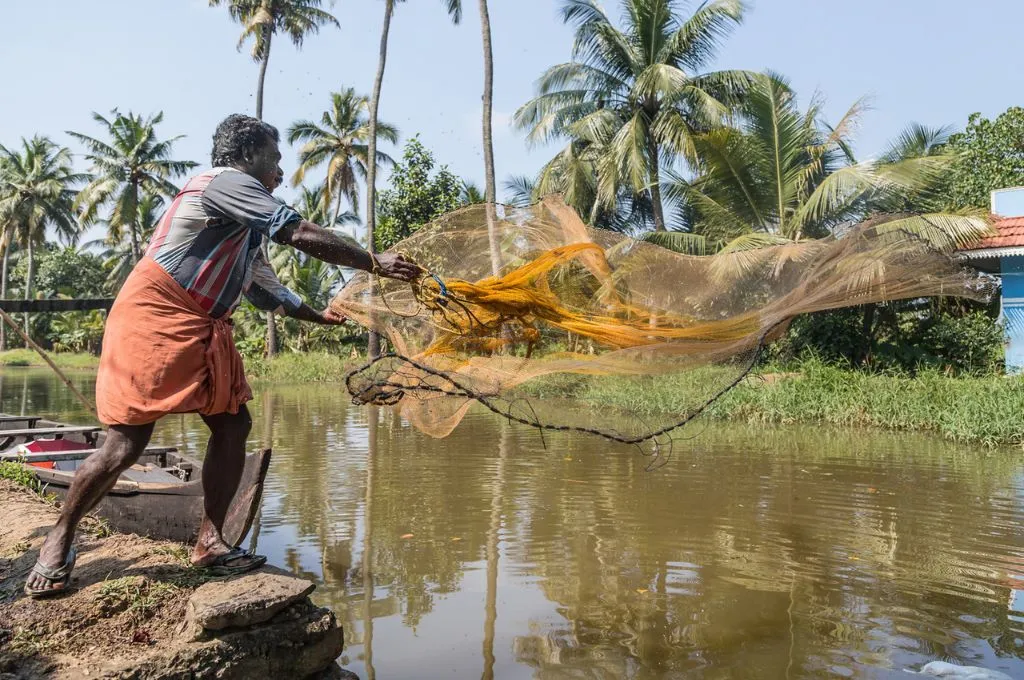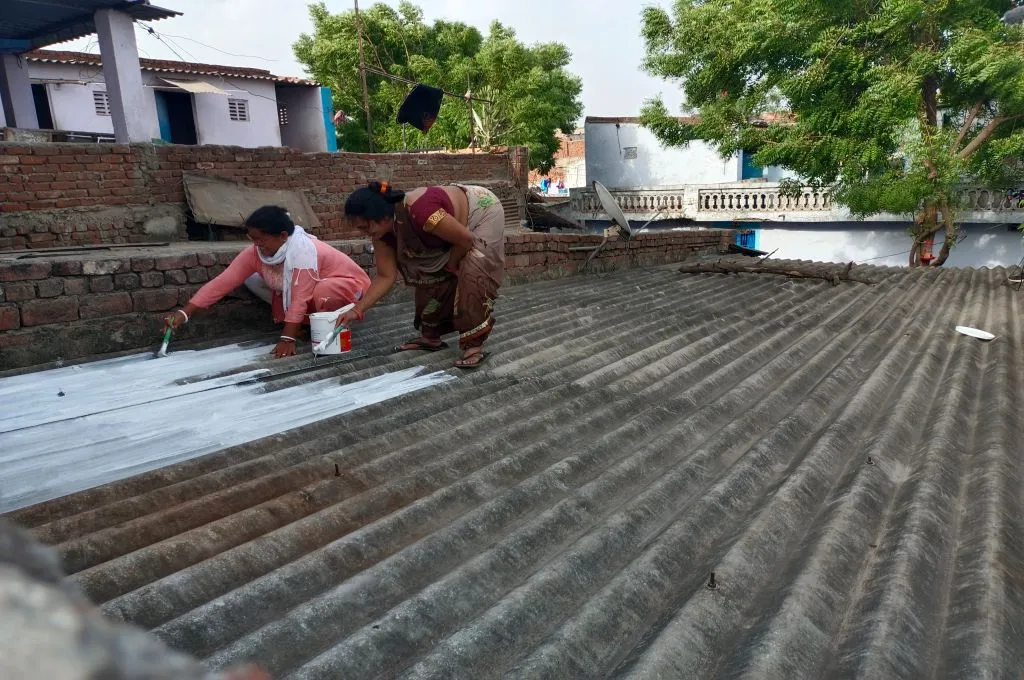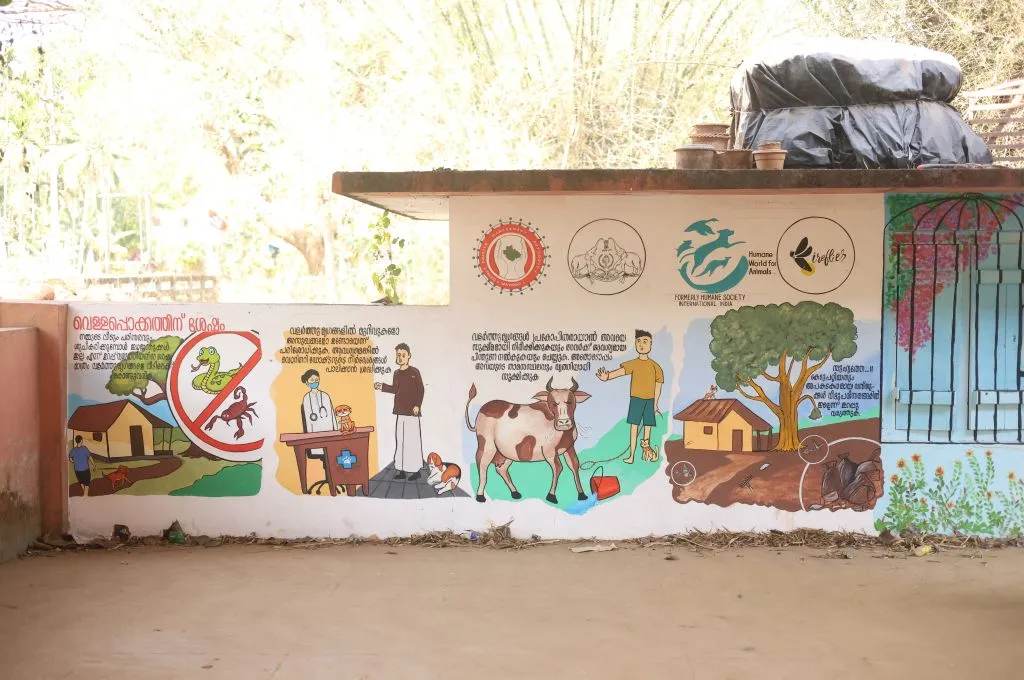India’s cities are growing hotter and denser, with temperatures in smaller cities catching up to those in larger metros due to rapid urbanisation. As rising heatwaves pose a threat to lives and livelihoods alike, heat action plans (HAPs) have emerged as a key response at the state, city, and district levels, with growing demand for a national action plan. In 2013, Ahmedabad became the first city in India to create and implement an HAP. Since then, several others have followed suit.
Along with this, there is an increasing interest in Heat, Environment, and Sustainable Technology (HEST), and a strong push for scalable cooling solutions. These developments are promising, however, for them to truly work, we have to ensure that these initiatives are not only technically sound but also grounded in the needs and lived realities of those most affected by climate events—including people living in informal settlements.
This means actively involving communities in identifying risks, shaping priorities, and co-creating solutions to build more resilient cities.
Understanding community realities
According to data from the 2011 census, approximately 65 million people in India live in informal settlements. Many residents work in informal, low-paying jobs as waste pickers, construction workers, domestic workers, and street vendors, with little access to shade, rest breaks, and drinking water and sanitation facilities. Heat isn’t simply a matter of discomfort; it is a daily hazard that affects people’s health, limits productivity, and reduces income.
Informal settlements are generally missing from official maps, limiting their access to services and infrastructure.
The impacts of rising temperatures are also deeply gendered. Women in the informal sector face the dual burden of managing paid work, usually characterised by low wages and precarity, with unpaid caregiving responsibilities. However, being indoors offers little relief, as houses in informal settlements often lack proper ventilation, and trap heat and humidity. These conditions affect key aspects of women’s daily lives—be it their livelihoods or the time they are left with to rest or care for their families.
Informal settlements are generally missing from official maps, making them less visible in urban planning processes, and limiting their access to services and infrastructure. As a result, these communities might also be excluded from heat action plans. Deliberate actions are therefore essential to ensure that adaptation strategies are inclusive.
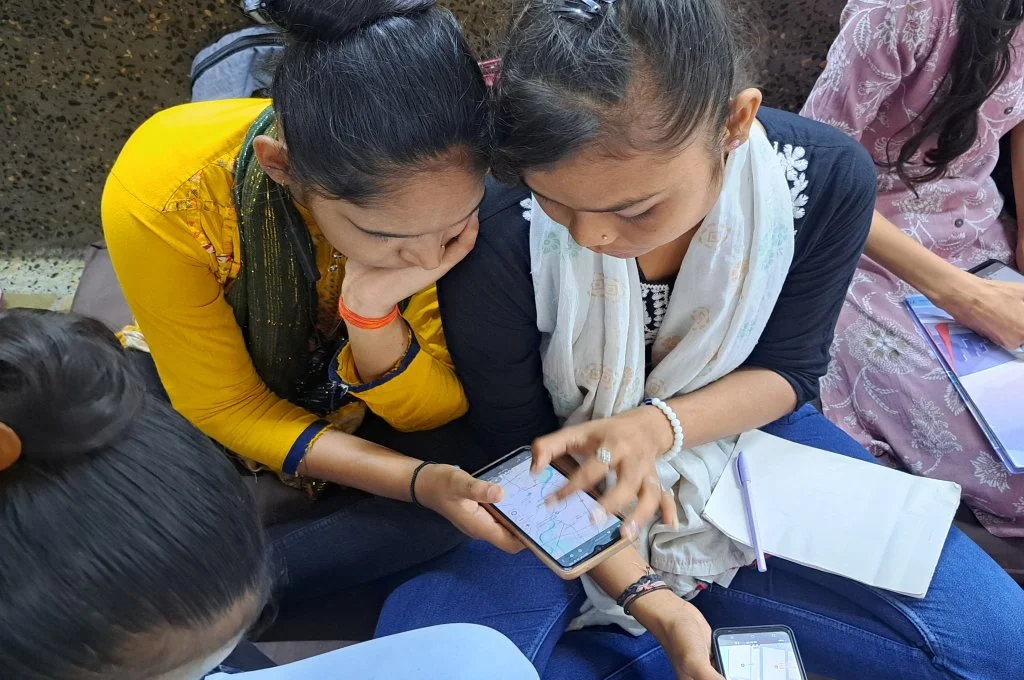
What it means to centre community voices
Climate resilience requires a shift away from top-down approaches, and towards approaches that are shaped with and by the communities themselves. For policymakers, planners, and practitioners, embracing this shift is essential to designing responses that are inclusive and sustainable.
At the Mahila Housing Trust (MHT), a nonprofit working with women in urban informal settlements, we’ve been focusing on bringing community perspectives into heat resilience strategies. Through our work, which ranges from heat preparedness to affordable cooling solutions, we’ve gathered a few insights on what it takes to keep vulnerable groups at the centre of urban climate action. Here are some of them:
1. Prioritise people’s needs
For most people in informal settlements, while climate change might affect their daily lives, more immediate survival needs often take priority. Wages lost by taking a day off due to extreme heat might mean going without food that night. An increase in heat-related expenditure, especially on health, exacerbates this economic hardship. Heat, though disruptive, becomes a silent threat.
The first step to building real climate resilience, then, is to understand what matters most to a community, and then align interventions with those priorities. For instance, in 2021, while studying the impact of air pollution on women construction workers in Delhi, the government announced a compensation of INR 5,000 as COVID-19 relief. Realising that many workers lacked the necessary official documents, we re-aligned our project priorities to support 5,000 workers in accessing these entitlements. Addressing such immediate needs builds the trust and stability required to tackle long-term challenges such as heat stress and climate resilience.
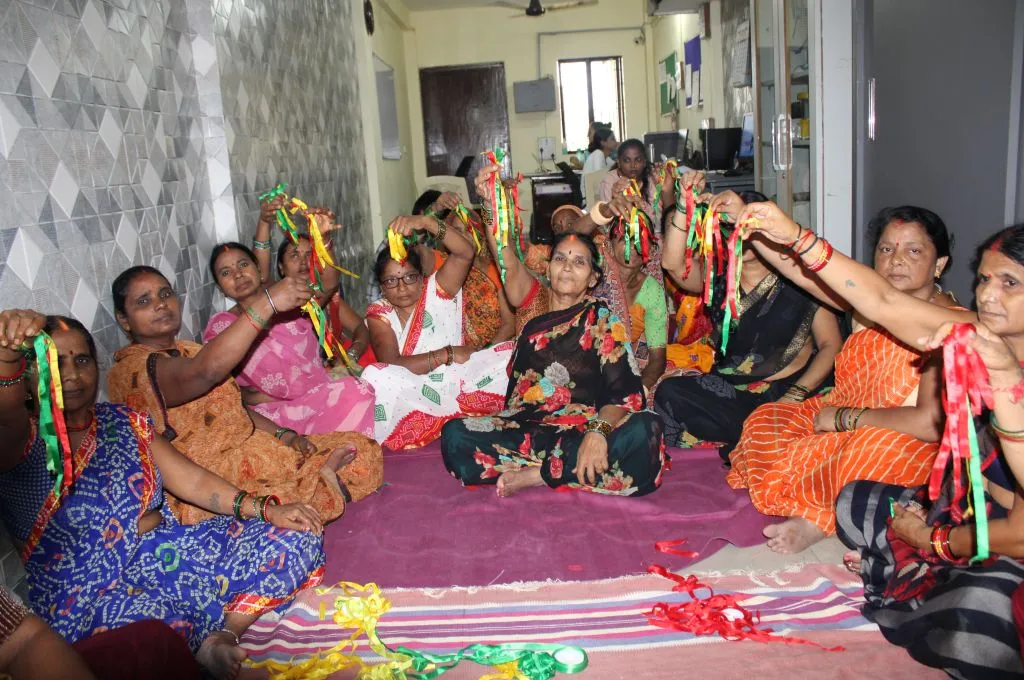
2. Build leadership from within
Sustainable climate action depends on communities eventually leading their own efforts, without relying on external organisations. Building local leadership is therefore more than just a strategy—it’s a necessity.
At MHT, we engage with women from the communities we work in as leaders who can identify climate-related risks, propose solutions, and push for accountability. The process starts with forming community-based organisations (CBOs), which include representatives from across the settlement. The CBO then elects nine to 12 women, with one representative per street, to form community action groups (CAGs). Many of the women, aged 25 to 45, are home-based workers. Once elected to the CAG, they undergo intensive training to identify problems at the community level, engage with government systems, advocate for their communities, and recommend actionable solutions.
When communities generate data, they’re better equipped to push for changes grounded in their experience.
In Jodhpur, for instance, we supported communities to identify and prioritise issues that they felt needed immediate action. Most people placed an emphasis on heat, and an organic demand for heat-related action was built. The CAG then proposed an early warning system, engaged the municipal corporation, and helped shape a citywide heat action plan rooted in local data and needs.
3. Ground data in local knowledge
Data plays a critical role in climate planning, but it needs to be verified and contextualised through local knowledge. When communities generate data, they’re better equipped to engage with systems and push for changes that are grounded in their experience. For instance, when building climate solutions, in addition to gathering data using satellite imagery, it might be beneficial to validate the findings with data collected by the community.
We saw this in Surat, where while mapping urban heat island effects, community members including women from CAGs participated in collecting temperature data using sensors and mobile apps. They recorded surface temperatures in markets, construction zones, and areas lacking shade. In some cases, they used infrared cameras to identify hotspots and assess how built environments contributed to rising temperatures.
Having this data allowed community members to approach the government not just with grievances, but also with evidence-backed demands such as increased vegetation, shaded areas, or subsidies for cool roofing. Being part of the process gave them the information and confidence to advocate for targeted, practical solutions in their neighbourhoods.
The impact goes beyond advocacy. Whenever households apply solar reflective white paint for cooling, we ask women to log temperature changes throughout the day. Seeing this clear evidence helps them understand the benefits first-hand; they then share these results with their neighbours. In Ahmedabad, for instance, monthly electricity bills dropped by INR 200–250 after implementation, and this was understood through data that women collected over 20–25 days before and after roofs/walls were painted. This tangible proof motivated more people in the community to adopt such solutions.
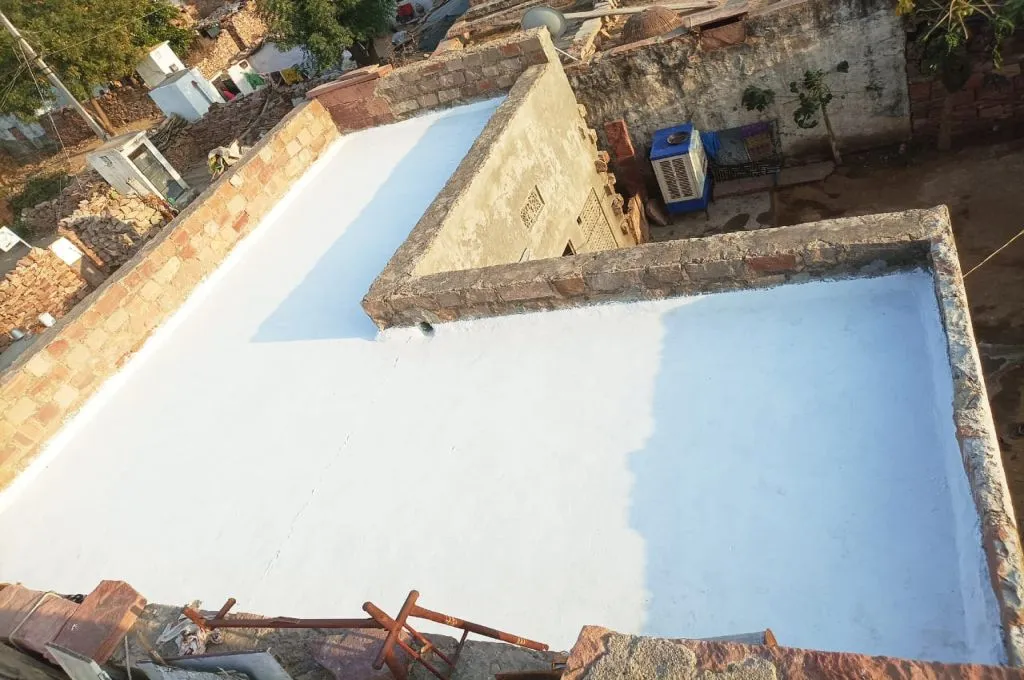
4. Think creatively to make complex solutions accessible
Climate as a topic is often shrouded in technical jargon, and so are many of its solutions—be it financial instruments, new technologies, or planning frameworks. It is important to ground these complexities in everyday understanding, and one way to make abstract ideas more tangible is through the use of interactive games and tools.
For instance, MHT developed a game called Histogram to make the concept of climate change easier to comprehend. Women were asked to sort a collection of photographs based on whether they depicted the present, the situation five years ago, or the situation a decade ago. This helped women see how the environment around them had changed over time, which we could then link to issues such as heat stress and water scarcity.
When it comes to the use of new technologies, especially in the climate space, we’ve seen that uptake can be slow, often because these solutions require a shift in both mindset and behaviour. We’ve found that incentives can be an effective tool to encourage adoption, even if over time.
In Jodhpur, for example, we provided people with solar reflective white paint at subsidised rates, with each household contributing approximately INR 300–600, depending on the size of the house. With the money that we received as contributions, we built a package of energy-efficient products including sprinkler taps, bulbs, and solar lanterns, which we distributed alongside the paint. These products were practical, especially in areas prone to power cuts, and so people didn’t mind paying for the paint.
We learned that they were more willing to invest in the reflective paint because it gave them access to tools that they could immediately see value in. This helped make the transition to climate-friendly solutions feel less like a leap for community members.
Beyond community action: Making sure systems are in place
While community engagement is critical to build understanding, agency, and collective action, it is only one half of the work. The other half involves working closely with governments, so that the solutions devised by communities are recognised, supported, and scaled.
Through our experience of working from the household level to the city level, it is clear that institutional support is necessary to enable and sustain community-led planning and initiatives.
For instance, even as the communities we work with recognised the importance of cool roofing, people were clear that adopting it on a large scale would require government subsidies. In many of the settlements where we work, the average household income is INR 15,000 a month. Even the most affordable solar reflective paint can cost INR 3,000–4,000 for a modest 10×10 feet roof, and needs re-application every few years, which makes it out of reach for many families.
There have been encouraging signs of progress. In 2017, after sustained engagement with MHT and local communities, the Ahmedabad Municipal Corporation committed to using its budget for the application of solar reflective paint on 3,000 roofs. This evolved into a formal cool roofs initiative that was announced under the city’s HAP in 2019, with plans to scale to 15,000 households by the following year. However, the momentum slowed down with the onset of COVID-19.
Some urban local bodies are still in the early stages of recognising heat as a disaster or grasping the urgency of climate-resilient planning. And then there are cases where government officials cite budget constraints in implementing climate-related planning. It is thus essential to build government awareness and capacity, which can vary significantly from city to city.
Our learning has been that while communities play a vital role in identifying risks and co-creating solutions, lasting impact depends on having the right infrastructure and systems in place. When public institutions embed community insights into policies like HAPs, allocate resources, and invest in climate-resilient infrastructure, they build the conditions for community-led action to thrive. Together, this kind of collaboration ensures that climate solutions are not just locally rooted but also institutionally supported and sustainable.
—


